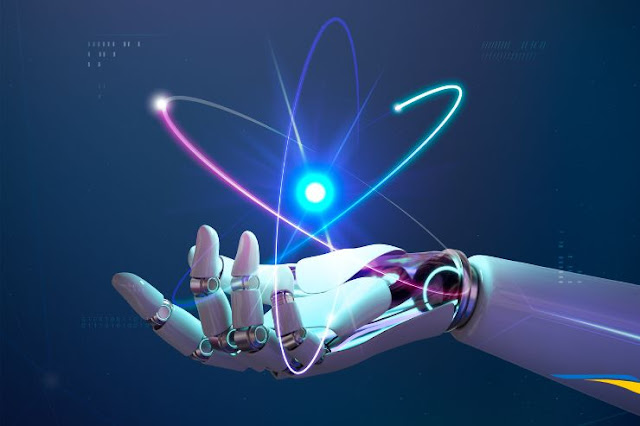The Future of Work: How Human-AI Collaboration Is Reshaping Job Roles
.jpg)
The rapid advancement of artificial intelligence (AI) is no longer just a technological trend, it’s a seismic shift that’s reshaping how we work, collaborate, and grow in our careers. As organizations adapt to an increasingly digital economy, the future of work is being defined not by human vs. machine, but by human + machine. This collaborative dynamic between people and intelligent systems is transforming job roles across industries. From Automation to Augmentation Initially, the narrative around AI centered on automation, the fear that machines would replace human workers. While some routine, repetitive tasks have been automated, a more nuanced picture has emerged. AI today is being leveraged more as an augmentative tool, enhancing human capabilities rather than replacing them. For example, in healthcare, AI is not replacing doctors but helping them make faster, more accurate diagnoses. In marketing, AI can analyze consumer behavior at scale, allowing marketers to craft personalized...
.jpg)
.jpg)



.jpg)

.jpg)
.jpg)

.jpg)
.jpg)